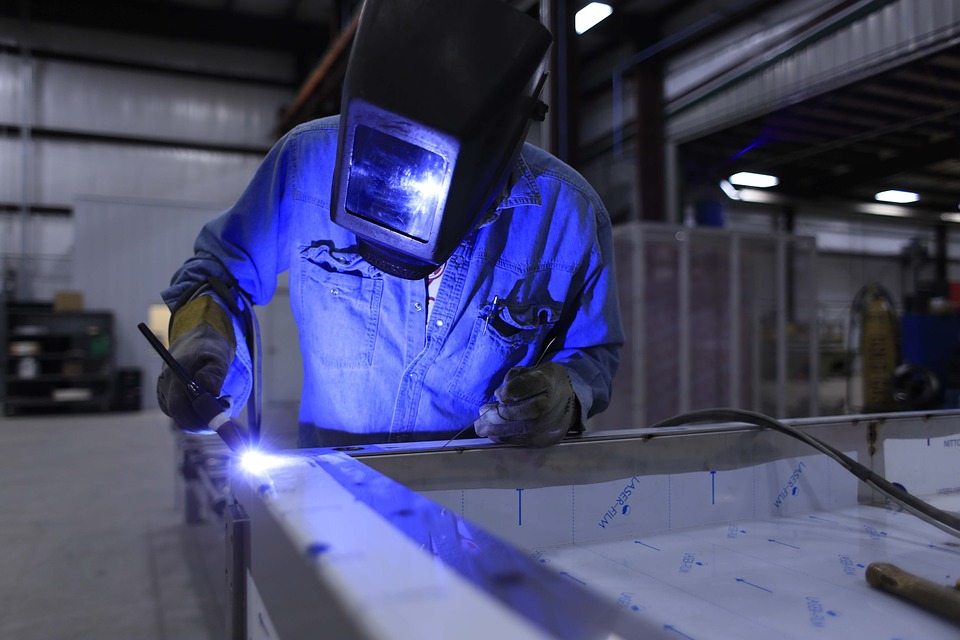What Is Ergonomics in the Workplace and Why Does It Matter?

Ergonomics has become a hot topic among employers in recent years. Defined as the process of designing a workplace to meet the unique demands and needs of the worker, it plays an important role in fostering successful businesses. Unfortunately, some employers are still confused regarding what exactly ergonomics is and how it can benefit their business's operations. For a better understanding of ergonomics and its role in the modern workplace, keep reading.
Ergonomics Explained
In the most basic sense, ergonomics involves creating a workplace around the worker or workers who use it. In the past, employers designed their workplace to achieve a specific task, such as manufacturing a product. Although that's still an objective, many employers are now considering the needs and demands of their workers -- and that's where ergonomics comes into play. By creating an ergonomic workplace that revolves around the workers who use it, employers can achieve greater success in several ways.
Injury Protection
One of the greatest benefits of designing an ergonomic workplace is a lower risk of worker injury. According to the U.S. Bureau of Labor Statistics (BLS), more than 3 million workers sustain nonfatal injuries and illnesses each year. Although there are countless types of work-related injury and illness, many are the result of poor ergonomics. Carpal tunnel syndrome, tendonitis and muscle sprains, for example, are often caused by poor or nonexistent ergonomics. Office workers who sit in stiff, uncomfortable chairs for long hours may develop back pain. On the other hand, construction workers who aren't given the appropriate tools and equipment may develop wrist pain. These are just a few examples of how poor ergonomics can result in injury.
Improved Productivity
Ergonomics in the workplace also affects productivity. Workers are generally more productive when they are given an ergonomic environment in which to work. This is because ergonomic workplaces reduce stress and tension on workers. As a result, they are less likely to experience fatigue, thereby allowing them to produce more work.
Tips on Creating an Ergonomic Workplace
Here are some tips on how to create an ergonomic workplace:
- Upgrade to new equipment and tools.
- Install anti-fatigue mats.
- Use appropriate lighting.
- Seek input and feedback from workers on how to improve your workplace.
- Encourage workers to use safe lifting techniques (lift with legs, not your back).
- Identify common work-related hazards so that you can eliminate them.
Recent Posts
-
Fire Safety in the Workplace: What You Need to Know
What steps are you taking to prevent fires in your workplace? According to the U.S. Occupational Saf …Aug 23rd 2023 -
Is It Safe to Go Jogging With a Cold Infection?
If you're suffering from a cold infection, you might be wondering whether it's safe to go jogging. T …Aug 22nd 2023 -
5 Safety Tips to Follow When Using a Powder-Actuated Tool
Powder-actuated tools are commonly used to join materials to steel and concrete. Also known as Hilti …Aug 20th 2023




